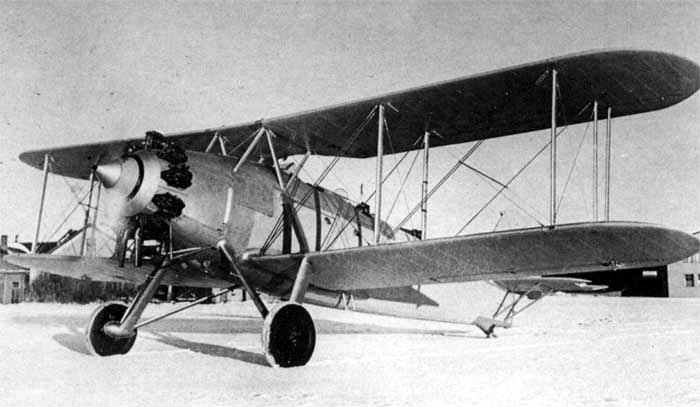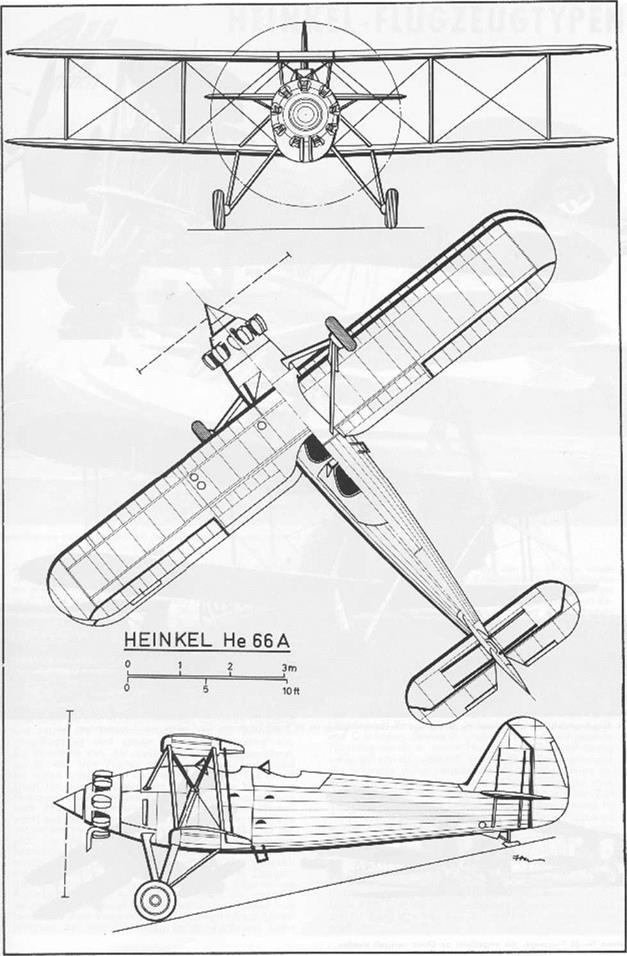| Type |
Two seat reconnaissance and dive bomber |
| Engine |
1 Siemens& Halske "Jupiter" VI 5,3 |
| Dimensions |
Length 9,70 m , height 4,15 m, span 11,50 m , wing area 34,65 m2 , |
| Weights |
Empty 1315 kg, loaded 2235 kg, max. take off weight |
| Performance |
Max.. speed 245 km/h at sea level, 247 km/h at 2000 m, 232 km/h at 4000 m, cruising speed 185 km/h at sea level , range 550 km at max. speed, max 810 km, endurance , service ceiling 5700 m , climb to 1000 m 4,0 min., to 2000 m 8,8 min. |
| Armament |
|
Also used for reconnaissance or training, the Heinkel He 50 was originally designed as a dive bomber for the Japanese Navy. Built in 1931, this aircraft, whose structure had been reinforced for this particular use, was not continued in this form. The Japanese, having judged its performance insufficient (despite the increase in engine power, from 380 to 600 hp) and having acquired the manufacturing license, used it as a reconnaissance aircraft equipped with floats. In Germany, despite extensive testing at the Rechlin center, it only led to a small series ordered by the RLM. It was then that Heinkel proposed the Heinkel He 66, an evolved version of the Heinkel He 50, intended for reconnaissance and powered by a 490 hp Siemens Jupiter. Twelve examples were purchased in 1934 by the Chinese, who converted them and used them as fighters, before ordering Heinkel He 50s, which were brought up to the standard of the Heinkel He 66. Engaged in the war against Japan, these aircraft found themselves facing other Heinkel He 50s, these equipped with floats and built under license by Aichi.

| Type |
Werk.Nr |
Registration |
History |
| HD 66 = He 66 |
410 or 502 |
|
Delivered to Japan December 1933 |

